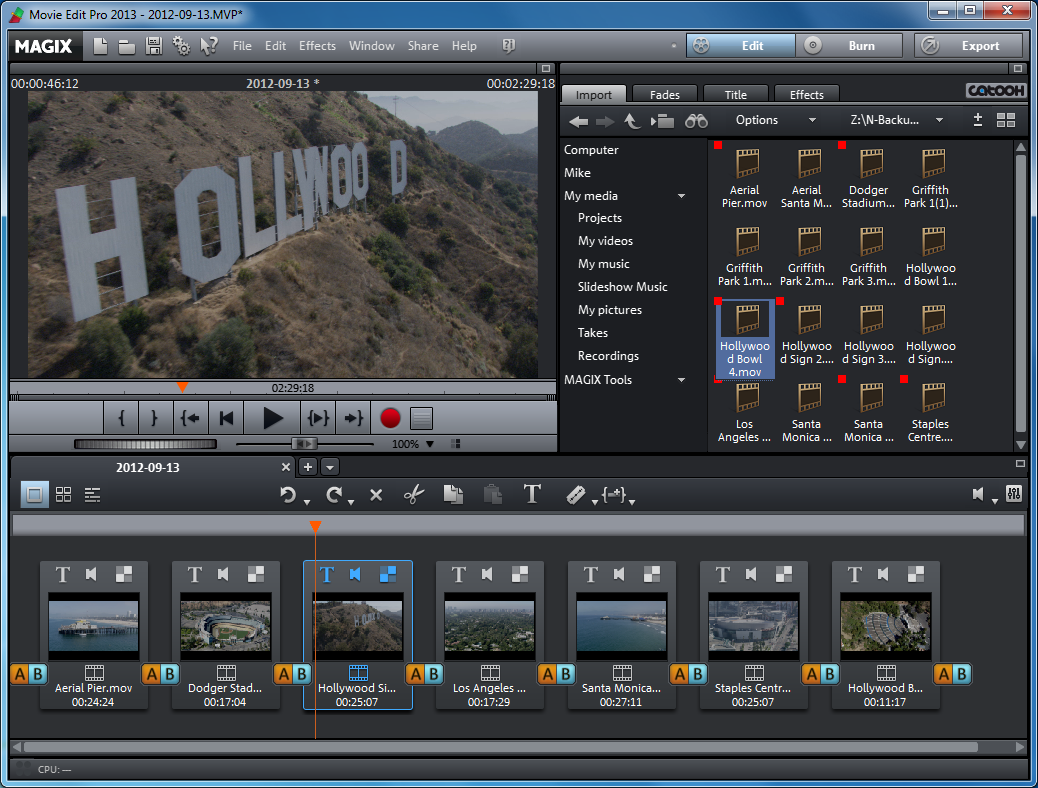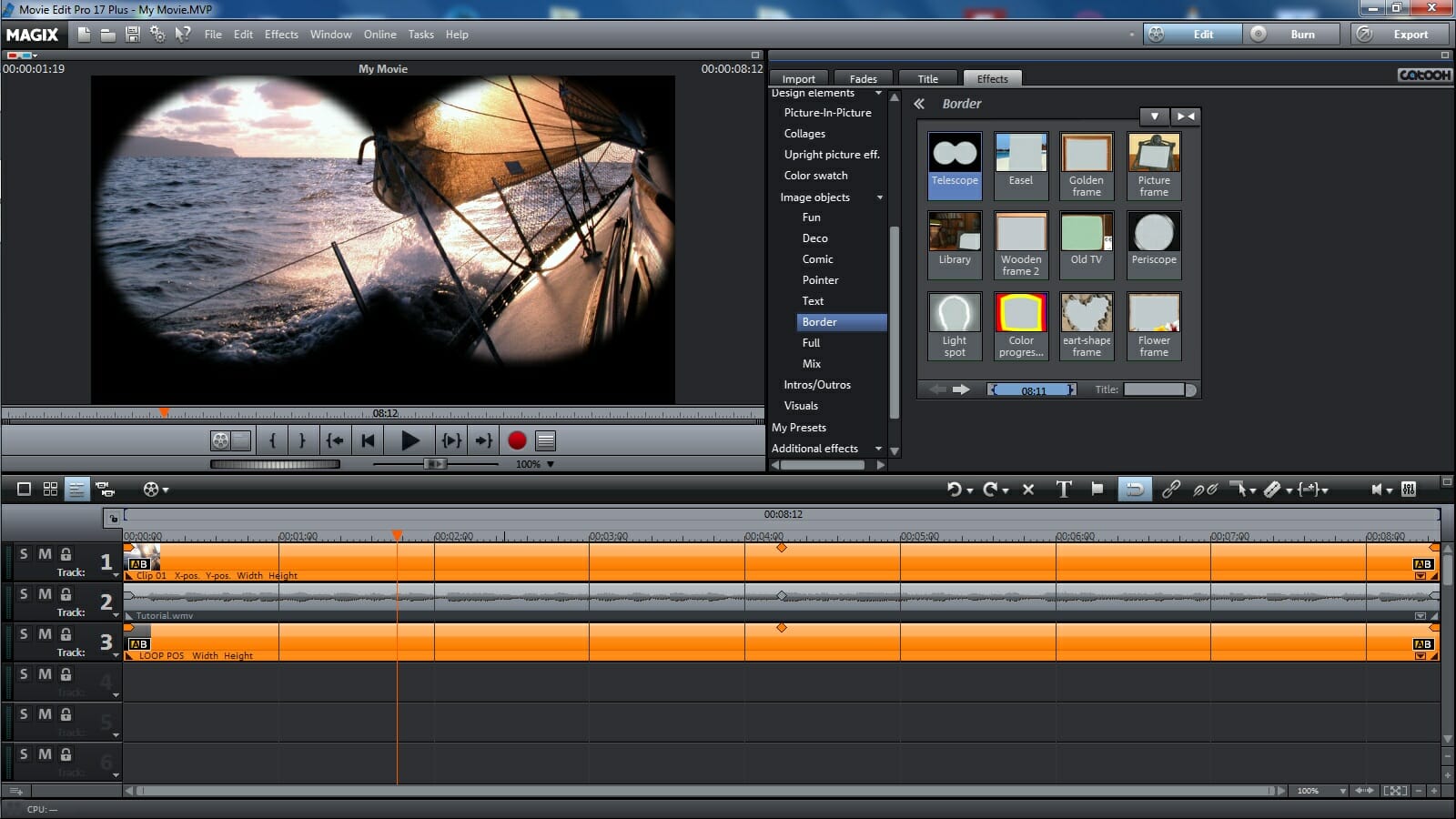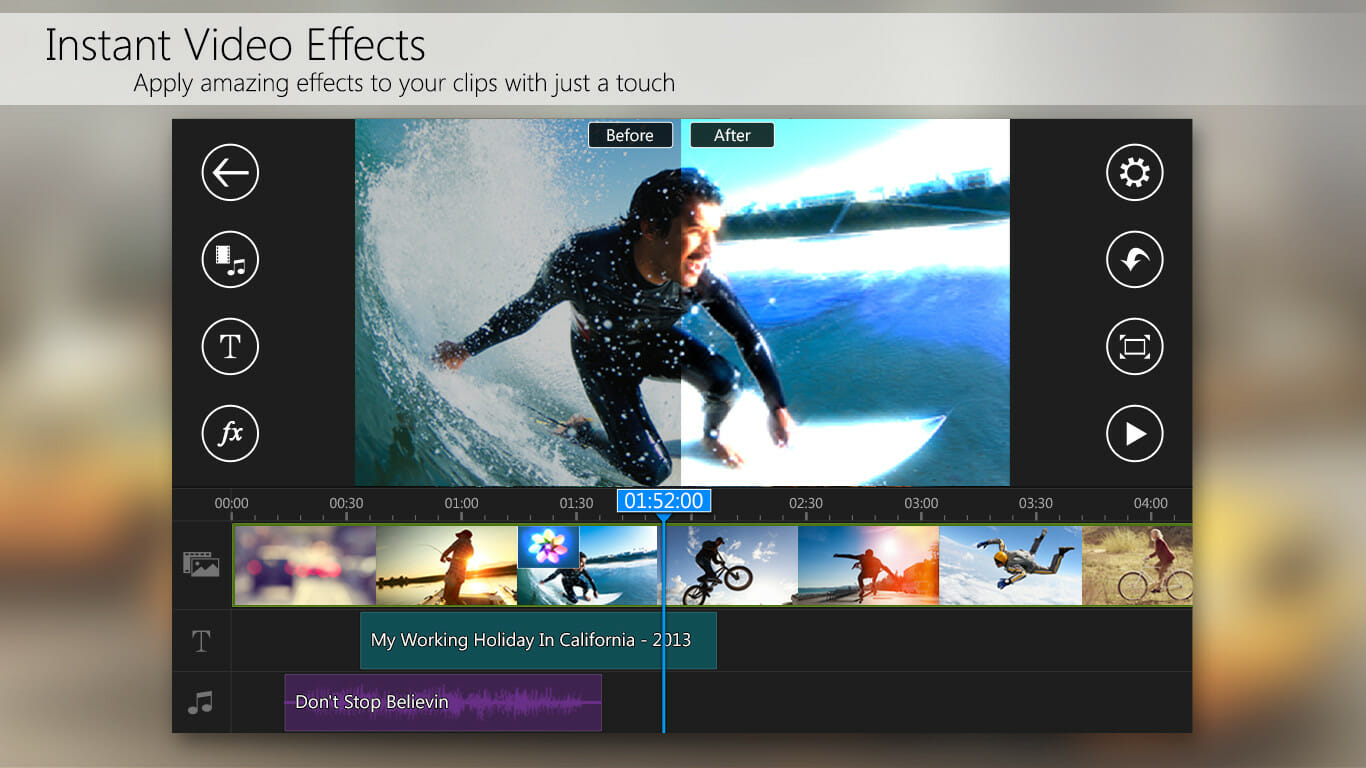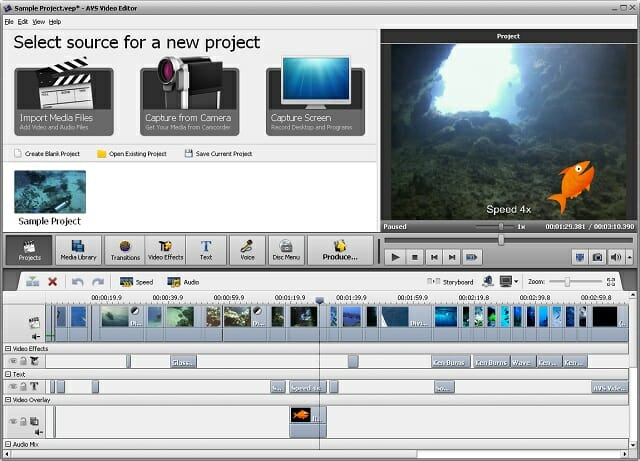14 Savvy Ways To Spend Leftover Sony Fs7 Adobe Premiere Lut Budget
- This video is your novice's guide to doing some remarkable motion picture color grading. wished to put everything into one sort of novice's guide, or like fundamental video clip, to obtain you up and running with color grading and to obtain you comfy shade grading. One of the things that I've constantly discovered a problem for myself is that shade grading can seem type of intimidating. If you're firing all this footage in, state, log and you have to reverse videos quick, putting an excellent color quality on your video requires time, so if you're investing a great deal of time shade grading, you're not gon na spend as much time capturing as well as creating more content.So the idea behind this video clip is essentially to offer you people the suggestion of the various devices you have in your toolbox, and also this is with any kind of modifying software application, and then from there, what it boils down to is simply playing with these devices and generating the appearances that you such as. Now, one thing to note before we enter into the essentials of shade grading, there is a software program that I started making use of lately called Movie theater Quality and also it's primarily like the Lightroom for video creators as well as it's unbelievable.
So I'm gon na discuss the different tools that you can use for color grading in this video, however if you're interested in Cinema Quality, I'm gon na talk about that at the end of the video and also I'm gon na show you how this is a much more powerful method to color grade than simply using the devices in your modifying software program. So, people, if you wan na take a look at cinema quality, this is the moment I'm gon na begin talking about it. I'll likewise place a web link down in the summary so you individuals can check it out. This is a far more effective shade grading software application that's an add-on to any of your various other softwares as well as it makes it a lot easier.It's what I have actually been making use of to shade quality every one of my web content recently. So let's just begin with the basics. So when you're shooting, there are two manner ins which you're gon na be shooting. You're either gon na be firing a level log account or you're gon na be shooting something with an appearance currently burned in. Currently, for me, I do both and it depends upon what it is that I'm shooting. If you're firing log, the reason that you wan na fire log is since you're attempting to protect your highlights and not squash your blacks.If you do not have a scene that's super high contrast or you do not have a ton of time to take into color grading, after that I wouldn't recommend shooting log. Directly, when I fire the GH5, the majority of the time I'm firing in the all-natural profile, so the standard will certainly be a little a lot more contrasty, more saturation, whereas the natural account is a bit flatter but it's not a log profile, so this provides me some area to color grade, yet it's not compeling me to do a whole shade grading session from the log to the appearance that I want. Discovering a type of soft profile in your cam will certainly assist in color grading when you wan na speed up points up.So now that you have your video footage, you have to make sure, undoubtedly, it's subjected properly. There's lots of devices to do that. I'll place some links in the description listed below to some other video clips where I talk about the tools to subject effectively, however as a whole, this video footage is simply a beginning factor. Typically, you're not gon na simply utilize this footage, as well as if you are, you're gon na use like a common profile or a profile that you have actually constructed in your cam that you have actually made intentionally to not have to do shade grading.
To ensure that's something completely different. So since we've brought the video footage into our editing and enhancing software application, there are a couple of points you need to do prior to you get into imaginative color grading.Ideally what you wan na do is obtain your video footage to Rec709 or like the base look, therefore what this indicates is that you wan na obtain your comparison and also your saturation approximately like a standard as well as Rec709 resembles the standard color throughout the market, throughout all video cameras, as well as there are LUTs, which is a look-up table, that primarily you can apply to log video footage which will certainly bring your video footage to Rec709. Currently, I have a video clip specifically on that and I'll link that down below so you guys could inspect that out, yet essentially your baseline is where you wan na begin. So if you have a log clip, what you're gon na wan na do is do your initial shade grade, your very first shade grade, which's gon na be obtaining your video to the standard, getting the contrast looking excellent, getting the saturation looking excellent, as well as making certain that your video footage overall has a general want to it.Now, from there, then you do imaginative color grading. So there's sort of a very first pass as well as a second pass, and also the majority of people wan na just solve into that 2nd pass because that's the fun component, that's where you develop your looks, but ideally, you wan na focus extra on this first pass due to the fact that this is one of the most fundamental part. So there are some various tools that you can collaborate with to play with your comparison and to play with your saturation, as well as depending on your editing software, there will be different levels of tools to permit you to do this.One of them is contours. So I like making use of curves due to the fact that you can attract factors on your curve and also be able to change exposures individually without having to adjust a variety of your direct exposures, and so when you check out my curve, essentially it's a straight line to start.
When you begin, the top of the curve is going to be your whites as well as the bottom is your blacks, and also what you wan na do is bring your blacks either in or your whites in and after that produce an S on the line, and so with a curve, you add points along, and you drag 'em backwards and forwards, and that produces your S.So as you can see, when I created this S curve, suddenly now I have comparison in my video footage. Currently there are other devices in various editing software applications that permit you to do this. You could just play with your highs, your mids, as well as your lows as well as be able to accomplish the very same kind of contrast. Now, one point that you should raise as you're doing these sort of edits is your Luma Waveform. So your Luma Waveform is basically a way to keep track of all the exposures in your shot, as well as when you bring this up, you're mosting likely to have your highs and your lows, and when you start pressing your direct exposure around with your curve or with your various other contrast devices, you'll see the various worths in this chart go up or down, and so what you wan na do is you have your exposures hit the whole variety where your blacks are striking all-time low as well as your whites are striking the top.Now, keep in mind, the top, the whites, that is too much exposure, so if you're shooting a shot as well as you're firing it in log to protect the highlights, make sure you don't push your highlights past that too much exposure, and also the very same thing with the blacks. All-time low is your total underexposure, to make sure that's strong black, therefore as soon as you begin pressing your direct exposures down there, you're gon na be getting solid black in your image.
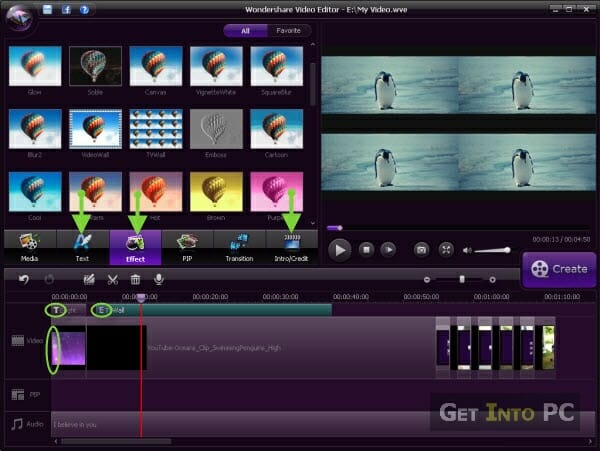
So 2 points to remember, however primarily your Luma Waveforms offers you a graph of all the exposures in your shot. So it makes a great deal easier to do shade grading when you view this. You can see with log video footage, it's level, it's appropriate in the facility, as well as you wan na stretch it out.To stretch it out, you're gon na bring your blacks in, you're gon na bring your whites in, and afterwards you're gon na create an S curve on your contrast, and that's why I such as using the contours since it makes it a whole lot much easier to do this. Now, if you're using your contrast tools, you're gon na do the same point by either lowering your whites, bringing up your mids or down your mids and also your blacks, which's gon na be just how you play with this. So now that you have your comparison in your photo, what you're gon na wan na do is have fun with your saturation as well as bring your saturation degrees up. If you're using log, you're obviously gon na bring them up higher than if you're using, claim, a natural profile, and you have devices in your editing and enhancing software application to bring up your saturation, and also depending on your editing software program, you can bring up simply your saturation of your lows, your mids, as well as your highs, or you can simply do an overall saturation, but undoubtedly you do not wan na push this too much and also it's just something to discover the preference that functions ideal for you.Now likewise, in your very first pass of shade grading, this is where you're gon na correct your shade temperature level if your video footage is off. So if you're shooting at the incorrect color temperature level as well as your video has a, you recognize, blue actors, an eco-friendly actors, or an orange actors from different illumination, or just different situations, this is where you're gon na wan na fix it. So you're gon na wan na use your color fixing tools to be able to get rid of the color cast, as well as it may be pulling a shade out of your highs, your mids, or your lows.
There are devices out there that allow you to adjust the shade temperature, however you got ta remember when we're firing with the majority of cams, unless you're shooting raw, and also raw is a very various type of pet because raw has so much a lot more data, when you're shooting in like H. 264, you're not gon na have the ability to push your colors too much without it breaking up. So if you fired something in daylight with tungsten color equilibrium, there's probably a likelihood that you're not gon na be able to recuperate everything the method to where you want unless you have a raw camera.That's where raw is actually effective. You can do much deeper color qualities with a raw cam, nonetheless the higher the bitrate your camera is, the extra information that you have offered, the more that you're gon na be able to do shade grading in your video camera. So for the first pass, we adjusted contrast, saturation, we did a color temperature correct if your video has the incorrect color temperature, and also now your footage simply looks good, it appears like the baseline. That's kind of where you wan na start with your innovative shade grading. Now, from here, you do your second pass, as well as this is where you bring in a LUT or you start tinkering the shades to create a cinematic appearance. Personally, I make use of LUTs. LUTs are much easier to deal with because they have a burnt-in look, and what you can do is bring a cinematic LUT, for example, below is my LUT, it's my orange-teal LUT that I created.
This is particularly simply to produce that motion picture orange-teal appearance. If you individuals wan na know even more concerning why this is a cinematic look, I'll place a link down in the summary where I talk about simply that search in particular, yet this orange-teal look primarily is a LUT that's added on top of my standard, and also what I can do from right here is now adjust the intensity of this LUT.So, when you place on a LUT, it might be too much of that look and also it might simply make your video footage appearance insane as well as way as well contrasty or excessive in one color, so what you wan na do is reduce your mix or bring up your mix and that allows you to add this sort of design to your footage and also only placed it at 20, 30%, 40%.
It provides you that look yet not at complete 100%, as well as now from below, this is where you can begin tweaking with your comparison, your saturation, and also your colors to truly tinker the video and begin experimenting with it a bit more.This is your 2nd pass of shade grading. So preferably, when you're color grading, you wan na think about it in these phases. You wan na think about your initial stage which is getting to your baseline and afterwards your second phase which is creating your look. Like I said earlier in this video clip, I've been utilizing a software called Cinema Grade. So what Cinema Quality has actually done is essentially reconsidered the entire process of color grading and also just made it much easier to collaborate with. So when you bring your footage into Movie theater Grade, there are extra phases yet it's set up in this initial pass, 2nd pass type of format where your initial pass you go through as well as you can play with all your sliders as if it's in Lightroom, so you can have fun with your high, mids, lows, you can play with your pivots, your contrast, your saturation, you can dive into each of your shades separately, and it feels a great deal less complicated to use.It's a lot more useful than other color gradient software applications, and that's why I actually like it, it's user-friendly. Now, with this, you do your first pass, you reach your standard.
They have a choice in the second pass which is shot matching which is incredible when you're collaborating with shots beside each various other, however after that in the last shade grade, this is why this software program is so effective, not just does it offer you all these sliders like a Lightroom design shade rating experience, but in your 2nd phase of color grading when you're thinking of your appearances, you can put all your LUTs in right here as well as they also have these motion picture looks, and what happens is you can add these on, it clearly might be as well intense when you add on just the solitary LUT or the cinematic appearance, yet you bring up an additional set of shade grading devices in the 2nd pass and also this enables you to alter your mix as well as do all that but then experience all your color grading tools right here and also be able to tweak this and make it look that much better.Guys, this software program is extraordinary. It simply appeared lately which is why I wished to share this with you since I got it as quickly as it appeared, I truly count on this business, I worked with Color Ending for a long time, and also this is their more recent software. It's something that has altered the shade grading experience, as well as, guys, so you're aware, this video is not funded at all by Cinema Quality, I was not paid to do this video, they really did not even ask me to make this video clip, I personally simply think that this software is so effective to create these really remarkable cinematic search in a brief quantity of time so we can concentrate on producing incredible content, and we do not wan na obtain slowed down, we wan na keep progressing, and that's something vital regarding the market, it's transforming, points are moving fast, and also being able to get incredible keeps an eye out of your video in a shorter quantity of time makes points a lot less complicated.
Alright, men, that's it. I wish this provided you some ideas of places to start looking to do your color grade and a circulation that makes it simpler for you when you approach your footage.Guys, if you're brand-new to this network, make certain you struck that subscribe button. There's a lot of remarkable filmmaking tutorials, camera evaluations, adventure films, I'm doing some crazy climbs up turning up, lot of enjoyable things, and also if you have not had a look at the creatorfilmschool.com, make sure you head over there and check it out. That's where I'm gon na set out my nuts to screws, everything you require to know, to have a career as a developer, as well as it's gon na be set out in a form that's significantly like step one, tip two, step three, step four, and also I'm really excited to bring this to you since it's a great deal of info, something I want I had as opposed to going to movie institution, to ensure that's why I've developed this, however, men, that's it, and I will certainly see you on the next one.
